by Peter Wells

“A man has been arrested in connection with the toppling of a statue of slave trader Edward Colston. A bronze memorial to the 17th Century slave merchant was torn down in Bristol during a Black Lives Matter protest on 7 June and was dumped in the harbour” (BBC, 1 July 2020).
Here is a poem by the current Poet Laureate of the UK, Simon Armitage. It takes the form of a ‘eulogy’ upon an imaginary man of a previous generation. As in a funeral, it lists the ‘achievements’ of the deceased, but includes, unlike a normal funeral oration, his failures:
And if it snowed and snow covered the drive
he took a spade and tossed it to one side.
And always tucked his daughter up at night
And slippered* her the one time that she lied. [hit her with a slipper]
And every week he tipped up* half his wage. [handed over]
And what he didn’t spend each week he saved.
And praised his wife for every meal she made.
And once, for laughing, punched her in the face.
And for his mum he hired a private nurse.
And every Sunday taxied her to church.
And he blubbed* when she went from bad to worse. [sobbed]
And twice he lifted ten quid* from her purse. [stole £10]
Here’s how they rated* him when they looked back: [evaluated]
sometimes he did this, sometimes he did that.
To summarise, for most of his life this nameless man was a model householder, father, husband and son, but he erred at least four times – once by spanking his daughter, once by punching his wife, and twice by stealing from his mother. In English lessons for 16-year-olds in the 90s this poem created an interesting polarisation. Half the class (mainly the boys) thought the man was basically OK, whereas the other half (mainly the girls) thought he was a monster – for, after all, he was a child-abuser, a wife-beater, and a thief (and all his victims were female).
In other words, all the students (not just the girls) fell into the trap set by Armitage, by allowing one side of the man’s story to trump the other. The boys (wrongly) insisted that his misdeeds were minor and irrelevant, considering his generally blameless life, whereas the girls, equally wrongly, thought that the four bad actions nullified all his good deeds. This clever little poem neatly illustrates the difficulty of judging (‘rating’) people, even when they are fictitious. We should not ‘judge’ people, not just because Jesus is said to have forbidden it (Matthew 7.1), but because it is wrong in principle and impossible in practice.
We can only judge actions. Read more »
 Sughra Raza. Lesser Weaver Nests, Akagera National Park, Rwanda. 2018.
Sughra Raza. Lesser Weaver Nests, Akagera National Park, Rwanda. 2018.
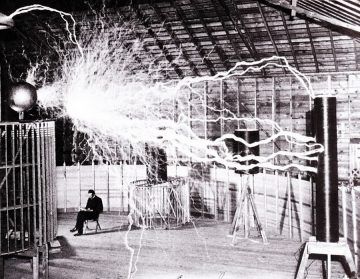

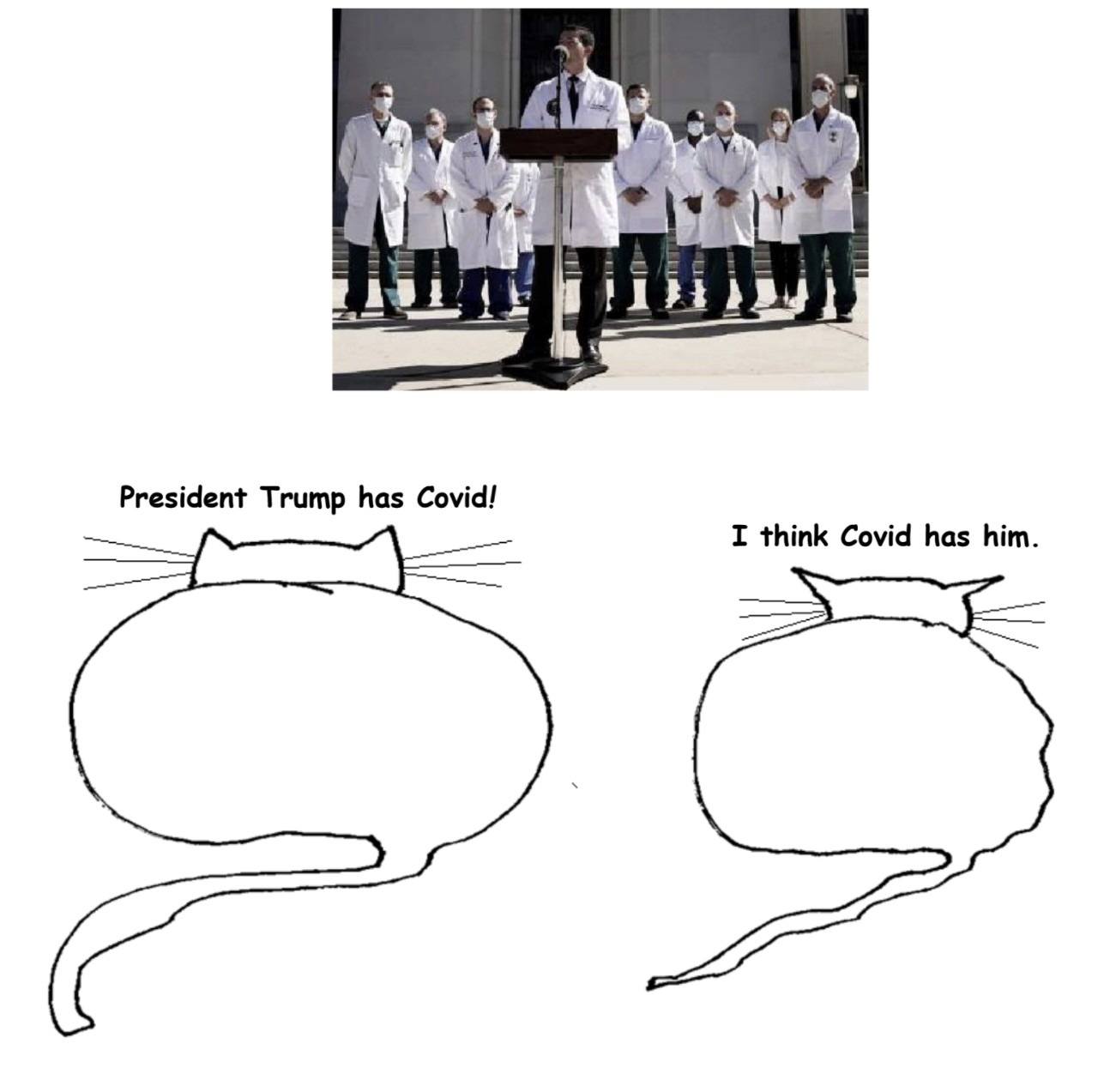
 Donald Trump’s presidency has generated a greater than normal interest in American politics, but not necessarily for the right reasons. How, people wondered, could such a poorly qualified candidate, and, as we have seen over the years, of equally poor calibre possibly become the President of the United States and leader of the ‘free’ world?
Donald Trump’s presidency has generated a greater than normal interest in American politics, but not necessarily for the right reasons. How, people wondered, could such a poorly qualified candidate, and, as we have seen over the years, of equally poor calibre possibly become the President of the United States and leader of the ‘free’ world?


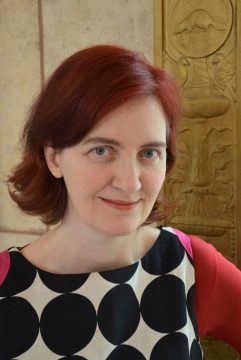 Irish-Canadian author
Irish-Canadian author 
 In my earlier column, “
In my earlier column, “
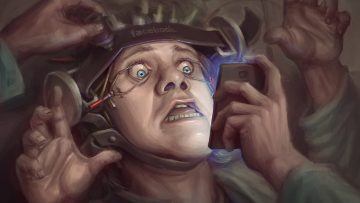





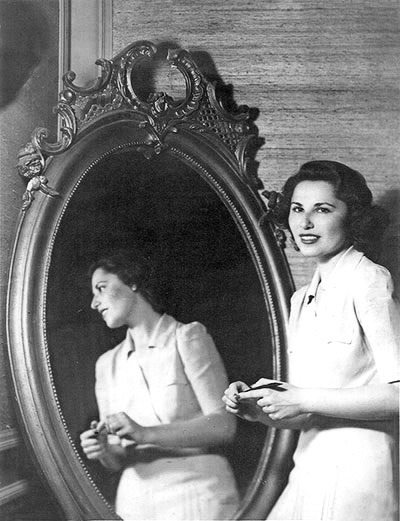
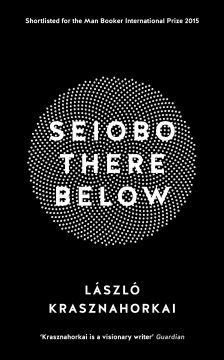 The stories in Seiobo There Below, if they can be called stories, begin with a bird, a snow-white heron that stands motionless in the shallow waters of the Kamo River in Kyoto with the world whirling noisily around it. Like the center of a vortex, the eye in a storm of unceasing, clamorous activity, it holds its curved neck still, impervious to the cars and buses and bicycles rushing past on the surrounding banks, an embodiment of grace and fortitude of concentration as it spies the water below and waits for its prey. We’ve only just begun reading this collection, and already László Krasznahorkai’s haunting prose has submerged us in the great panta rhei of life—Heraclitus’s aphorism that everything flows in a state of continuous change.
The stories in Seiobo There Below, if they can be called stories, begin with a bird, a snow-white heron that stands motionless in the shallow waters of the Kamo River in Kyoto with the world whirling noisily around it. Like the center of a vortex, the eye in a storm of unceasing, clamorous activity, it holds its curved neck still, impervious to the cars and buses and bicycles rushing past on the surrounding banks, an embodiment of grace and fortitude of concentration as it spies the water below and waits for its prey. We’ve only just begun reading this collection, and already László Krasznahorkai’s haunting prose has submerged us in the great panta rhei of life—Heraclitus’s aphorism that everything flows in a state of continuous change.